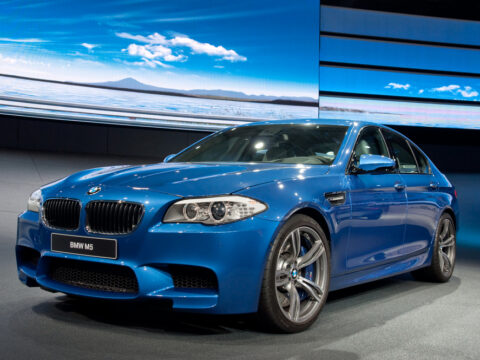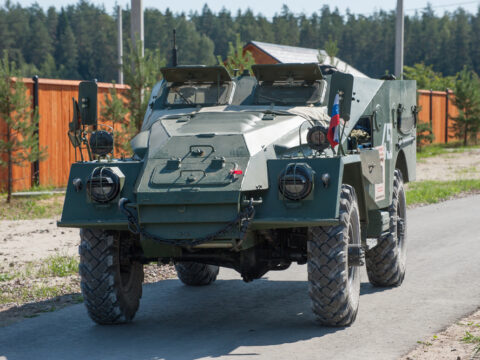We’ve all been in a hurry and skipped warming up the car, but that small oversight can lead to bigger problems than you might expect. From increased wear on engine components to unexpected performance issues, neglecting this simple step can have surprising consequences. In this article, we’ll explore 15 issues that can arise when you forget to warm up your car, helping you avoid costly repairs and keep your vehicle running smoothly.
Contents
Increased Engine Wear and Tear
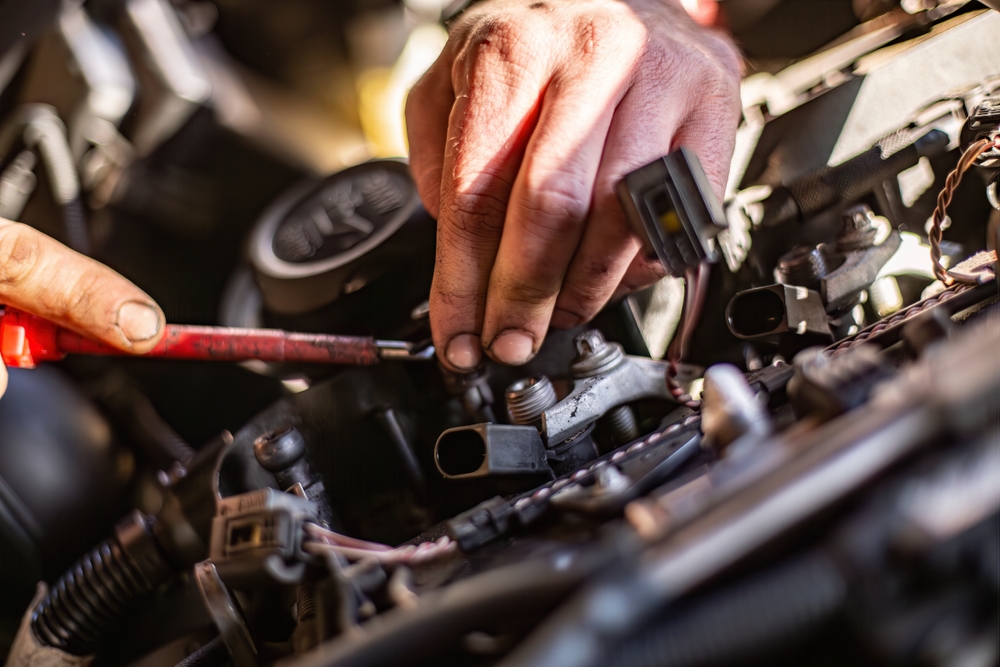
When you start a cold engine, the oil is thicker and less effective at lubricating moving parts. This lack of proper lubrication causes increased friction, leading to accelerated wear and tear on critical engine components such as pistons, bearings, and camshafts. Over time, this can lead to premature engine failure and costly repairs.
Reduced Fuel Efficiency
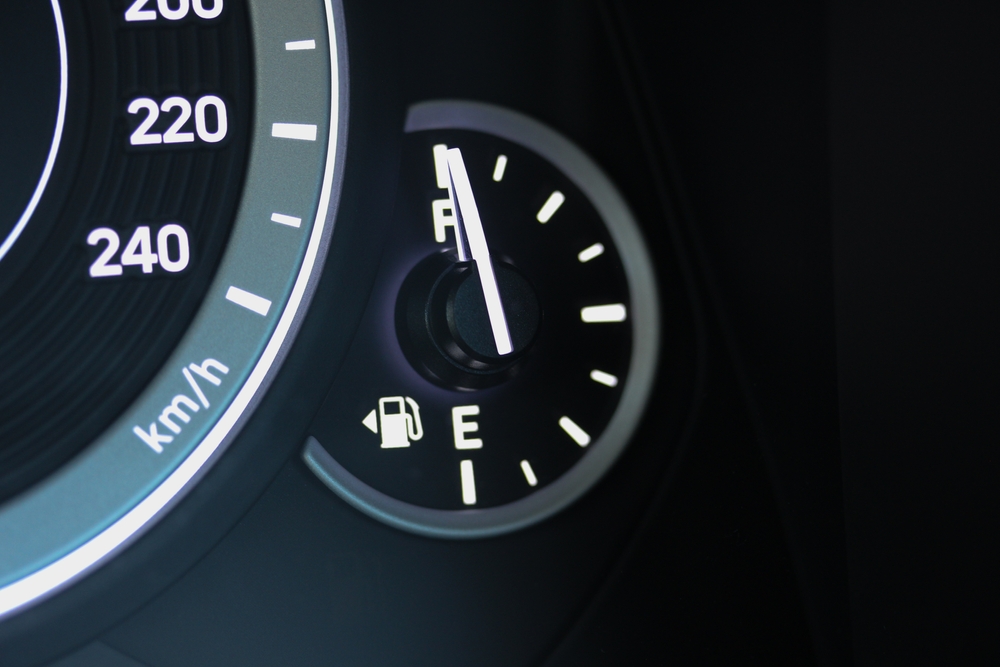
A cold engine operates less efficiently because it takes longer to reach the optimal operating temperature. During this time, the engine consumes more fuel as it tries to heat up, which reduces overall fuel efficiency. This not only increases fuel costs but also means more frequent trips to the gas station.
Decreased Engine Performance
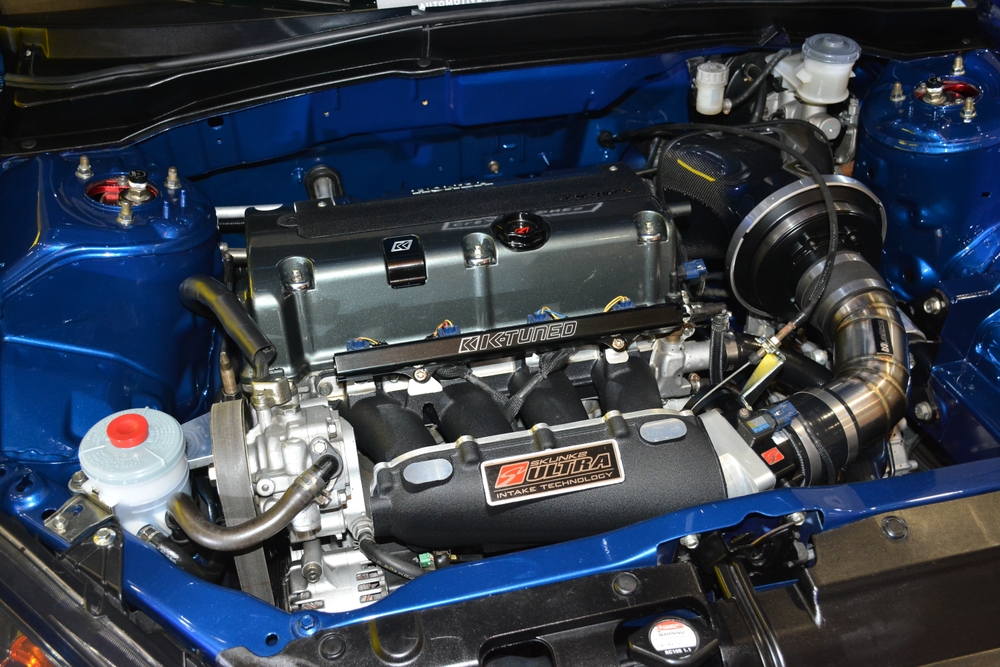
Without warming up, your engine may not reach its peak performance right away. Cold engine components and fluids lead to sluggish acceleration and less power output. This can result in a less responsive driving experience, making it difficult to merge onto highways or accelerate quickly when needed.
Poor Heater Functionality
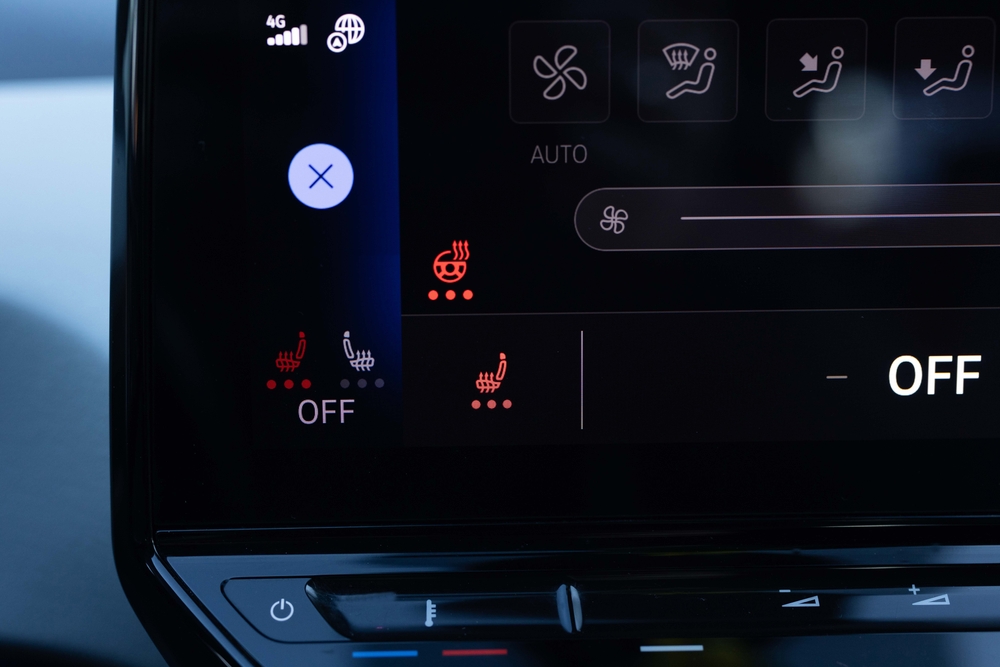
Your car’s heater relies on the engine’s warmth to function effectively. When you don’t warm up your car, the heater takes longer to reach the desired temperature, leaving you cold and uncomfortable during your drive. This can be especially problematic in colder climates where immediate heat is necessary.
Condensation Build-Up
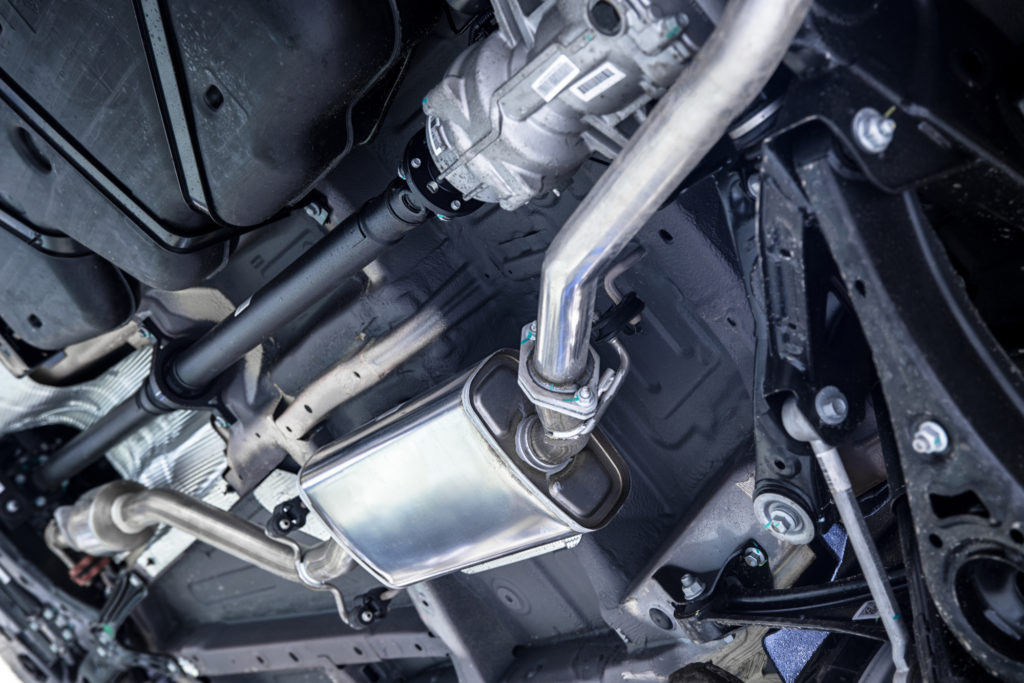
Cold starts can lead to condensation forming inside the exhaust system and other engine components. This moisture can mix with exhaust gases, creating corrosive acids that can damage the exhaust system over time. Prolonged exposure to these conditions may lead to rust, leaks, and eventual exhaust failure.
Throttle Lag
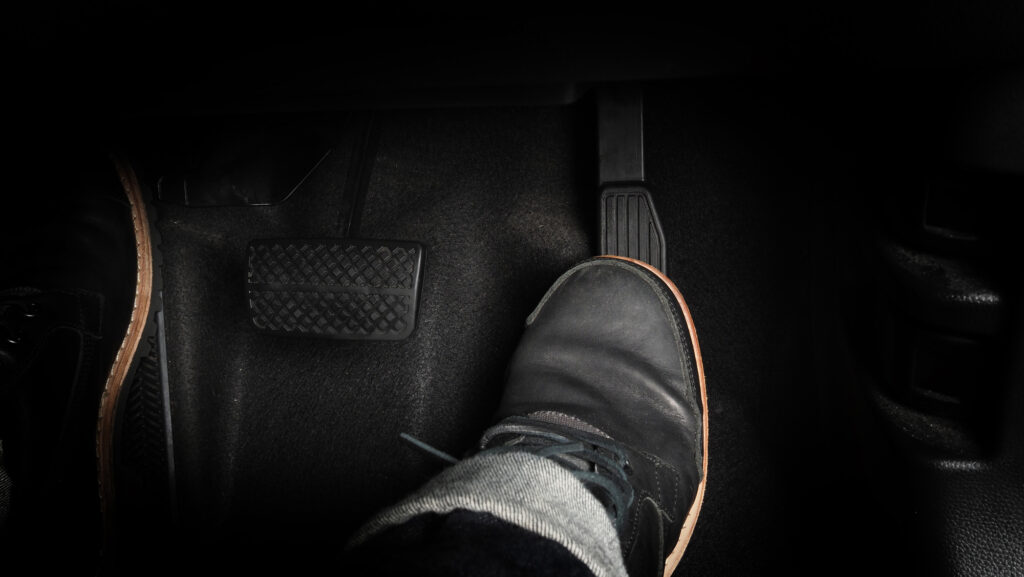
A cold engine might not respond as quickly to the throttle due to slower combustion processes. This can result in throttle lag, where there is a delay between pressing the accelerator and the car actually speeding up. This lag can be frustrating and potentially dangerous, especially when quick acceleration is needed.
Exhaust System Damage
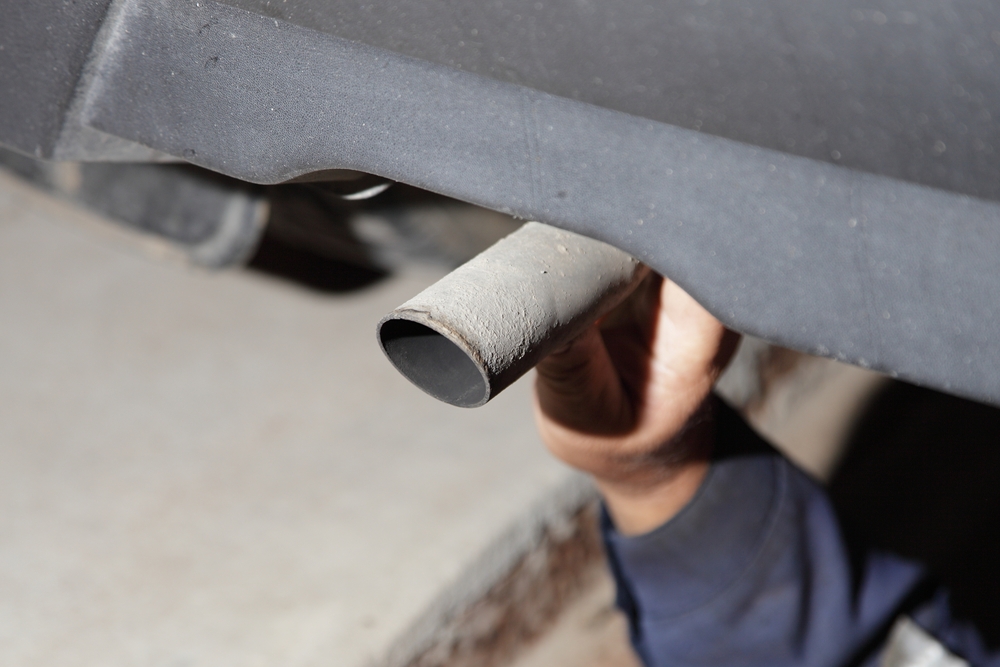
The condensation that forms in the exhaust system during a cold start can freeze in cold weather, leading to blockages or increased rust formation. Over time, this can cause the exhaust system to deteriorate, leading to costly repairs or replacements.
Shortened Battery Life
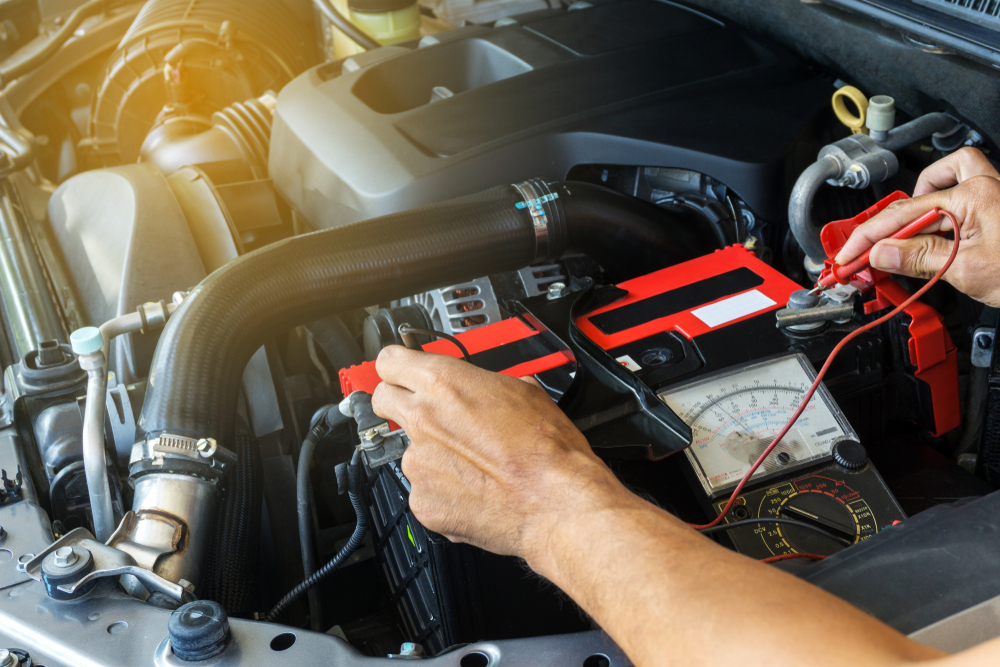
Cold starts require more power from your car’s battery, especially when the engine is cold and thickened oil increases resistance. This added strain can shorten the battery’s lifespan, leading to unexpected battery failures, particularly in colder weather when the battery is already under more stress.
Transmission Wear

Just like engine oil, transmission fluid thickens in cold temperatures, making it less effective at lubricating the transmission components. Driving without allowing the transmission fluid to warm up can lead to increased friction and wear, which over time can cause transmission problems and lead to expensive repairs.
Increased Emissions
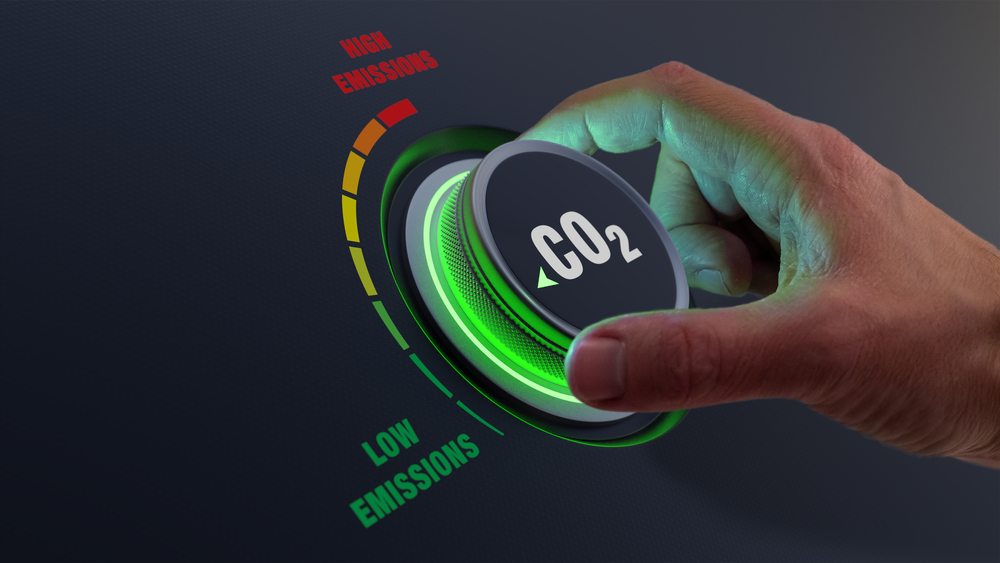
A cold engine runs less efficiently, leading to incomplete combustion of fuel. This results in higher emissions of pollutants such as carbon monoxide and hydrocarbons. These increased emissions are not only harmful to the environment but can also lead to your car failing emissions tests, requiring costly fixes to meet regulations.
Oil Pressure Fluctuations
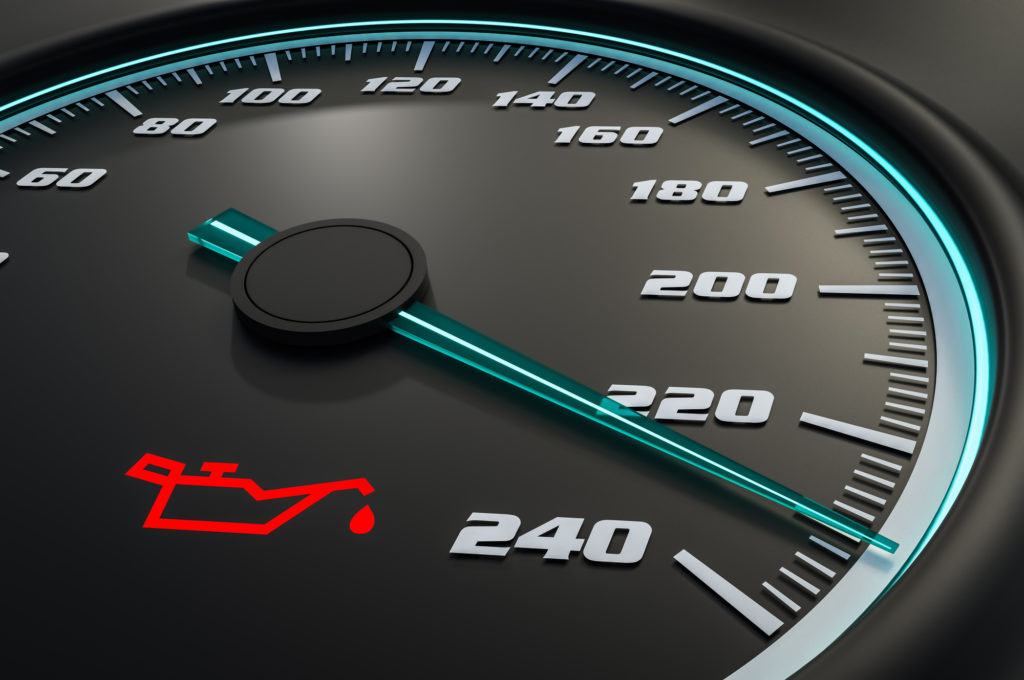
Cold oil is more viscous and does not flow as easily through the engine, leading to fluctuations in oil pressure. These fluctuations can cause parts of the engine to be temporarily starved of oil, increasing the risk of damage due to friction and overheating. Over time, this can result in significant engine damage.
Rough Idling
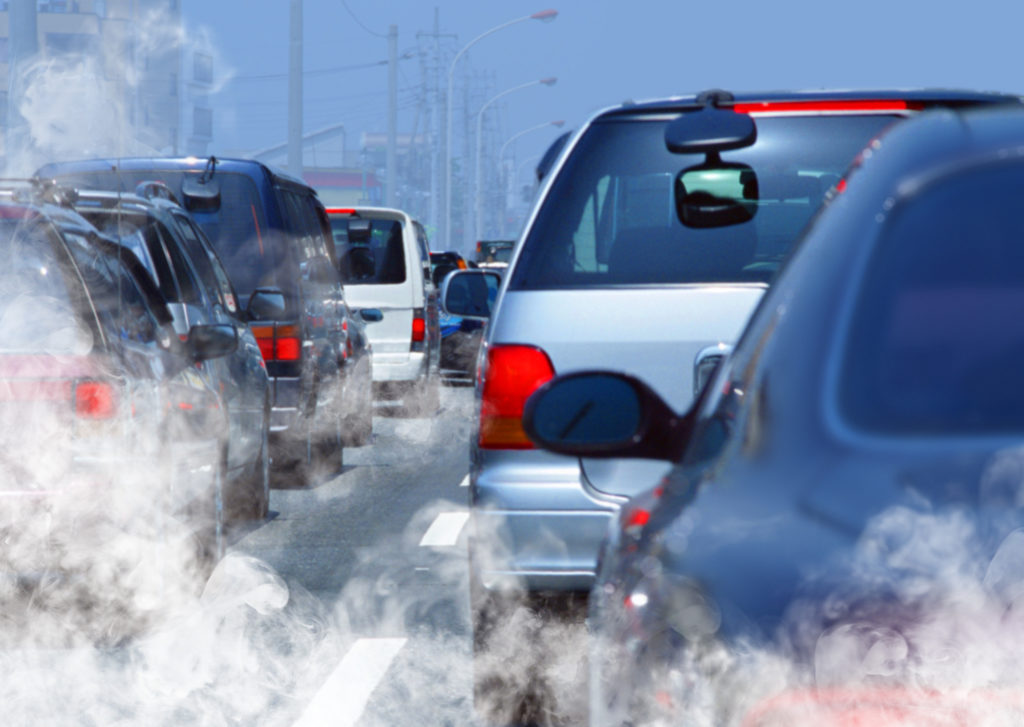
When the engine is cold, it may idle roughly due to uneven combustion in the cylinders. This rough idling can cause vibrations and an uncomfortable driving experience. Additionally, it places added stress on the engine, which can lead to increased wear and potential damage over time.
Potential Engine Stalling

A cold engine is more likely to stall, especially during the initial minutes of driving. This can be both inconvenient and dangerous, particularly in traffic or at intersections. Repeated stalling can also lead to additional strain on the engine and starter, resulting in further mechanical issues.
Longer Warm-Up Time for Modern Sensors
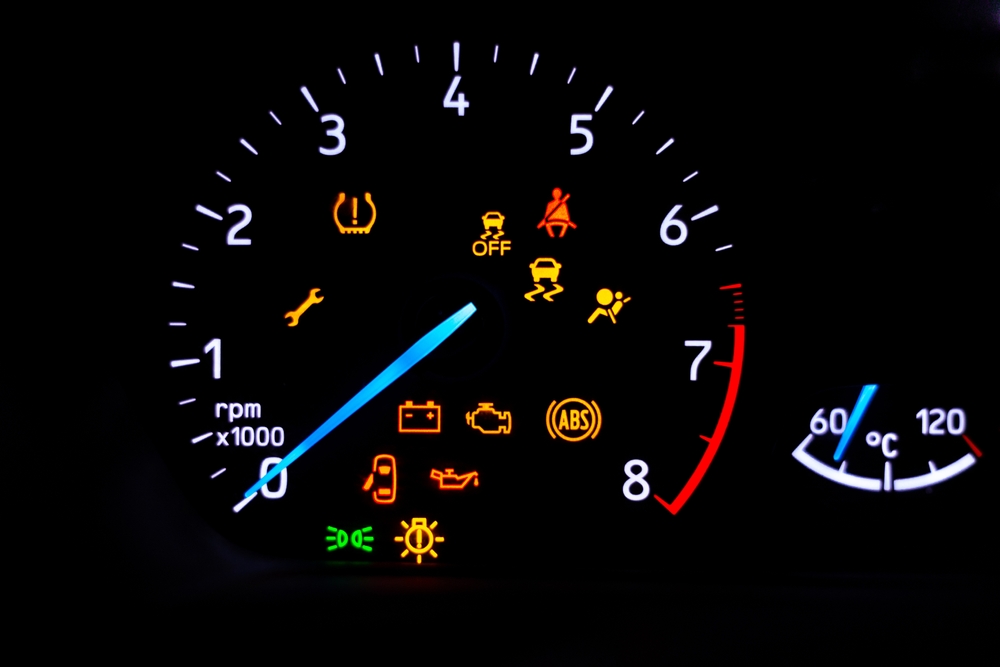
Modern vehicles rely on various sensors to optimize engine performance. Cold starts can delay the warm-up of these sensors, leading to suboptimal readings and poor engine management. This can result in reduced fuel efficiency, increased emissions, and degraded engine performance until the sensors reach their operating temperature.
Premature Engine Failure
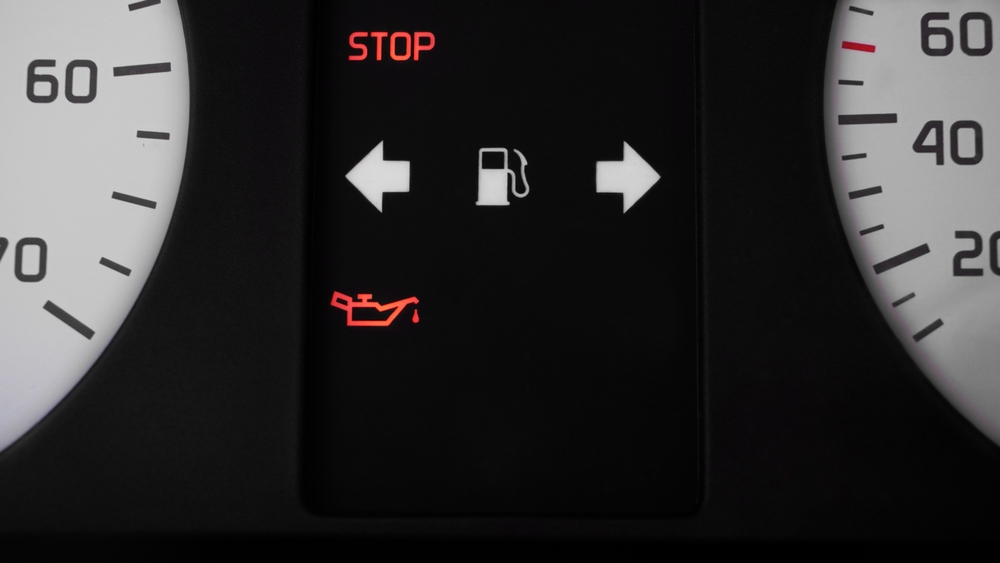
Consistently driving without warming up your car places undue stress on engine components, accelerating wear and tear. Over time, this can lead to premature engine failure, which is not only costly but can leave you stranded unexpectedly. Preventive care through proper warm-ups can extend the life of your engine.
This article originally appeared in MyCarMakesNoise.
More from MyCarMakesNoise
20 Fastest Cars That Ever Hit the Road

Speed has always been a thrilling aspect of automotive engineering, pushing the boundaries of what’s possible. Some cars have set remarkable records, becoming legends in the world of high-performance vehicles. Read More
10 Impressive Car Brands You Might Not Know About

In the vast world of automobiles, beyond the well-trodden path of renowned brands, lies a trove of lesser-known car manufacturers that offer exceptional value without compromising on quality and performance. Read More
10 Vehicles With Disappointing Safety Ratings

In the complex world of automotive safety, not all cars are created equal. While some vehicles are celebrated for their robust safety features and stellar crash-test ratings, others fall short of these critical standards. Read More

